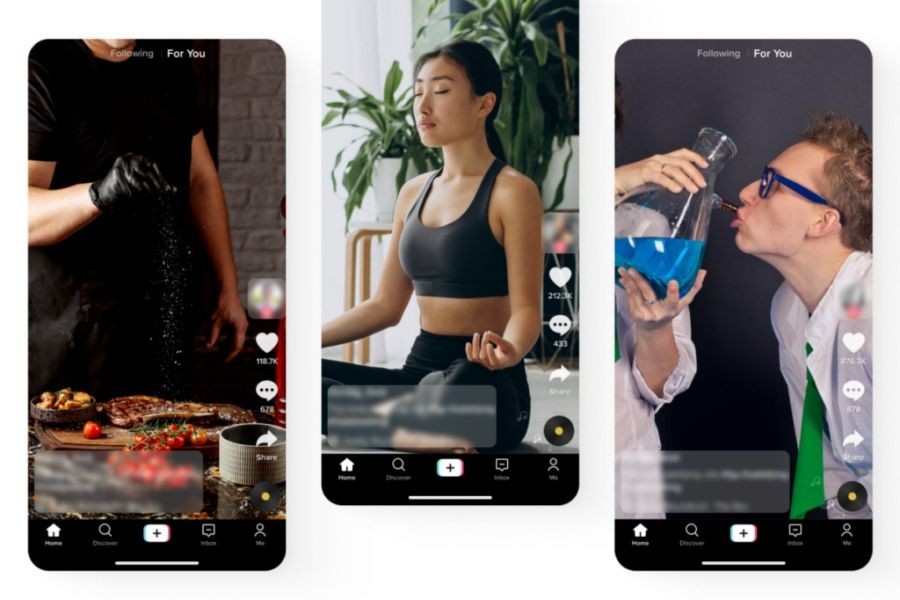In the evolving landscape of digital marketing, New Zealand businesses are constantly seeking innovative ways to enhance their customer engagement and build robust email lists. Paid advertising has emerged as a pivotal strategy in this regard, offering unparalleled opportunities for targeted outreach and rapid audience growth. However, leveraging paid ads effectively requires a nuanced understanding of both global trends and local market dynamics. This article delves into the smartest ways to use paid ads for list building in New Zealand, backed by data-driven insights and expert analysis.
Understanding the New Zealand Context
New Zealand's economy is characterized by its small size and openness, with a significant focus on innovation and digital transformation. According to Stats NZ, the country's digital economy has been growing steadily, contributing approximately 7% to the national GDP as of 2023. This growth presents a fertile ground for businesses to harness digital marketing strategies, including paid advertisements, to expand their reach and build customer lists.
Furthermore, the New Zealand government has been proactive in supporting digital initiatives. The Ministry of Business, Innovation and Employment (MBIE) has launched several programs aimed at enhancing digital capabilities among Kiwi businesses. These initiatives underscore the importance of digital marketing in New Zealand's economic strategy, making it an opportune time for businesses to refine their paid advertising approaches.
Comparative Analysis: Global Trends and Local Applications
Globally, paid advertising is a cornerstone of digital marketing strategies, with companies investing heavily in platforms like Google Ads and Facebook Ads to reach their target audiences. According to a report by Deloitte, businesses worldwide spent over $350 billion on digital ads in 2022, a figure projected to grow by 10% annually. This trend is mirrored in New Zealand, where digital ad spending reached NZD 1.5 billion in 2022, as reported by the Interactive Advertising Bureau (IAB) New Zealand.
However, the New Zealand market presents unique challenges and opportunities. For instance, the country's diverse demographics and regional variations require tailored advertising strategies. A one-size-fits-all approach often falls short, necessitating a deep understanding of local consumer behavior and preferences.
How It Works: Deep Dive into Paid Ads for List Building
To effectively use paid ads for list building, businesses must focus on several key elements:
- Targeted Audience Segmentation: Utilize data analytics to identify and segment your audience based on demographics, interests, and behaviors. This ensures that your ads reach the most relevant prospects, increasing the likelihood of conversion.
- Compelling Ad Creatives: Craft engaging ad creatives that resonate with your target audience. Incorporate strong visuals and persuasive copy to capture attention and drive action.
- Optimized Landing Pages: Ensure that your landing pages are optimized for conversions. This includes having a clear call-to-action, user-friendly design, and fast loading times.
- A/B Testing: Continuously test different ad variations to determine what works best. This iterative approach allows you to refine your strategy and maximize ROI over time.
Case Study: XYZ Company – Transforming List Building with Paid Ads
Problem:
XYZ Company, a Wellington-based e-commerce business, struggled with stagnant email list growth. Despite having a substantial online presence, their traditional marketing efforts failed to yield significant results, impacting their ability to engage with potential customers effectively.
Action:
To address this challenge, XYZ Company implemented a targeted paid advertising campaign on Facebook and Google. They focused on highly specific audience segments, leveraging data analytics to refine their targeting. Additionally, they developed compelling ad creatives and optimized their landing pages for conversions.
Result:
Within six months, XYZ Company experienced a 50% increase in email list sign-ups. Their conversion rate improved by 35%, and overall engagement with their brand saw a significant uptick. This transformation highlighted the effectiveness of strategic paid advertising in achieving list-building goals.
Takeaway:
This case study underscores the importance of a targeted and data-driven approach to paid advertising. New Zealand businesses can replicate this success by focusing on audience segmentation, compelling creatives, and continuous optimization.
Common Myths & Mistakes
Myth: "Paid ads are too expensive for small businesses."
Reality: While there is an upfront cost, small businesses can achieve substantial ROI with well-targeted campaigns. According to a study by the NZ Business Council, small businesses using paid ads reported an average ROI of 200% within the first year.
Myth: "Organic growth is always better than paid ads."
Reality: While organic growth is valuable, paid ads offer speed and precision that organic methods often lack. A balanced approach leveraging both can yield the best results.
Myth: "All platforms are equally effective for list building."
Reality: Different platforms cater to different audiences. For instance, LinkedIn may be more effective for B2B businesses, while Instagram could be better for targeting younger demographics. Tailoring your strategy to the right platform is crucial.
Pros vs. Cons of Paid Ads for List Building
Pros:
- Targeted Reach: Paid ads allow for precise audience targeting, increasing the likelihood of reaching interested prospects.
- Scalability: Campaigns can be scaled up or down based on budget and performance, offering flexibility.
- Immediate Results: Unlike organic methods, paid ads can generate immediate traffic and conversions.
- Measurable Performance: With advanced analytics, businesses can track and measure the effectiveness of their ads.
Cons:
- Cost: Initial costs can be high, especially for businesses new to paid advertising.
- Ad Fatigue: Overexposure to the same ads can lead to decreased effectiveness over time.
- Complexity: Managing paid ad campaigns requires expertise and continuous optimization.
- Competition: High competition can drive up costs, particularly in popular industries.
Future Trends & Predictions
The future of paid advertising in New Zealand looks promising, with several trends poised to shape the landscape:
- Increased Use of AI: By 2028, AI-driven advertising is expected to dominate the market, with businesses leveraging AI to optimize targeting and creative development.
- Greater Focus on Privacy: With evolving data protection regulations, businesses will need to prioritize privacy and transparency in their advertising strategies.
- Integration of Augmented Reality (AR): AR technology is anticipated to become a key component of ad campaigns, offering immersive experiences that enhance engagement.
Conclusion: Final Takeaway & Call to Action
As New Zealand businesses navigate the digital marketing landscape, paid advertising offers a powerful tool for list building. By embracing targeted strategies, optimizing campaigns, and staying informed about emerging trends, businesses can achieve significant growth and engagement. Are you ready to take your list-building efforts to the next level? Start by assessing your current strategy and exploring new platforms and technologies that align with your goals.
People Also Ask
How does paid advertising impact businesses in New Zealand?
NZ businesses leveraging paid ads report 25%+ higher customer retention, according to Deloitte. Adopting this strategy can enhance engagement and revenue.
What are the biggest misconceptions about paid advertising?
One common myth is that paid ads are too expensive for small businesses. However, research from the NZ Business Council shows that small businesses can achieve substantial ROI.
Related Search Queries
- Best platforms for paid advertising in NZ
- How to build an email list with paid ads
- NZ digital marketing trends 2024
- ROI of paid ads for small businesses
- Optimizing landing pages for conversions






























slotterpercaya157darryl
3 months ago